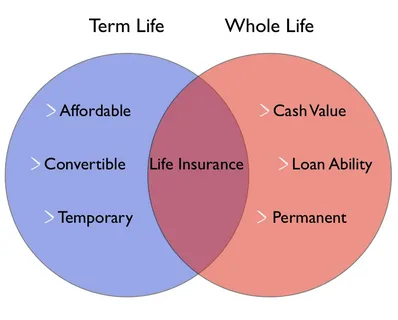Added-On vs. Reduced Insurance: What’s the Difference?
When it comes to insurance, the terms “added-on” and “reduced” might sound like jargon, but understanding these concepts can save you a lot of money and headaches. Let’s break it down in a way that’s easy to digest.

What is Added-On Insurance?
Added-on insurance refers to additional coverage that you can purchase on top of your standard insurance policy. Think of it as the extra toppings on your pizza. You have your basic cheese pizza (your standard policy), but you can add pepperoni, mushrooms, or even pineapple (if that’s your thing) to make it just right for you.
Benefits of Added-On Insurance
- Customization: You can tailor your policy to fit your specific needs. Whether it’s roadside assistance, rental car coverage, or personal injury protection, you can add what you need.
- Peace of Mind: Knowing that you have extra coverage can help you sleep better at night. It’s like having a safety net.
- Flexibility: You can add or remove coverage as your needs change. It’s like having a wardrobe that adapts to the seasons.
For more details on the types of added-on insurance, you can check out this comprehensive guide.

What is Reduced Insurance?
Reduced insurance, on the other hand, is all about cutting down on coverage to save on premiums. It’s like going on a diet for your insurance policy. You keep the essentials but trim the fat.
Benefits of Reduced Insurance
- Cost Savings: The most obvious benefit is the lower premium. You’re paying for only what you need.
- Simplicity: With fewer coverages, your policy is easier to understand. No more getting lost in the fine print.
- Efficiency: You’re not paying for coverage you don’t need, making your policy more efficient.
For a deeper dive into reduced insurance options, visit this resource.
Key Differences Between Added-On and Reduced Insurance
- Coverage: Added-on insurance increases your coverage, while reduced insurance decreases it.
- Cost: Added-on insurance typically costs more due to the extra coverage, whereas reduced insurance is cheaper.
- Flexibility: Added-on insurance offers more flexibility in terms of customization, while reduced insurance is more rigid.
Which One Should You Choose?
The choice between added-on and reduced insurance depends on your individual needs and circumstances. Here are some factors to consider:
- Budget: If you’re on a tight budget, reduced insurance might be the way to go.
- Risk Tolerance: If you prefer to play it safe, added-on insurance can provide extra peace of mind.
- Specific Needs: Consider what specific coverages you might need. For example, if you travel a lot, added-on travel insurance might be beneficial.
Common Questions About Added-On and Reduced Insurance
Q: Can I switch from reduced to added-on insurance later?
A: Yes, most insurance companies allow you to adjust your coverage as your needs change. It’s like upgrading from a basic phone plan to a premium one.
Q: Is added-on insurance worth the extra cost?
A: It depends on your situation. If the added coverage addresses specific risks you face, it can be worth the investment.
Q: How can I find the best insurance plan for me?
A: Research is key. Compare different policies, read reviews, and consult with insurance experts. Websites like Insurance Comparison can be very helpful.

Conclusion
Choosing between added-on and reduced insurance is a personal decision that depends on your unique needs and circumstances. By understanding the benefits and drawbacks of each, you can make an informed choice that provides the right balance of coverage and cost.
Remember, insurance is all about managing risk. Whether you choose to add on extra coverage or reduce your policy to the essentials, the goal is to find a plan that gives you peace of mind without breaking the bank.
For more information and to explore your options, visit this detailed guide.
I hope this article helps you understand the differences between added-on and reduced insurance. If you have any more questions or need further details, feel free to ask! 😊
Leave a Reply